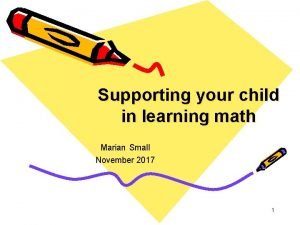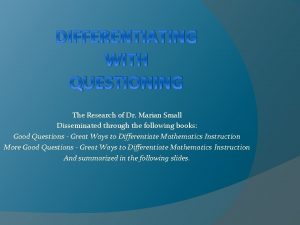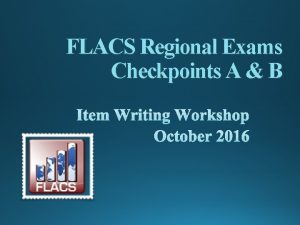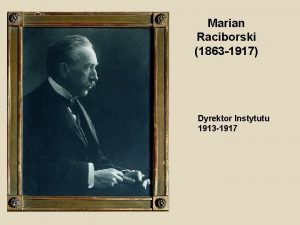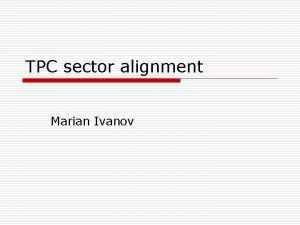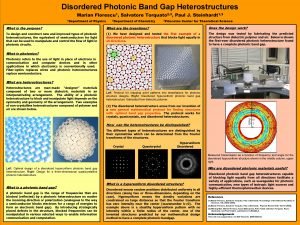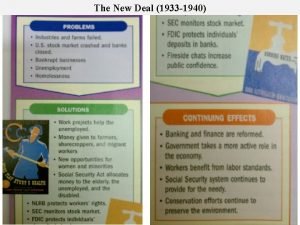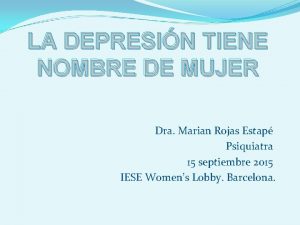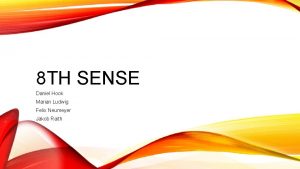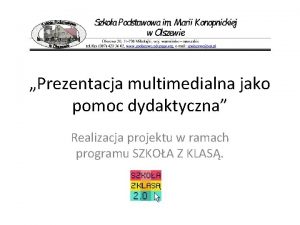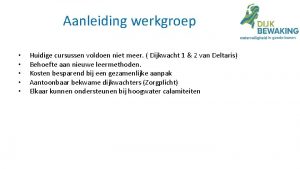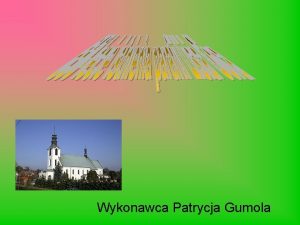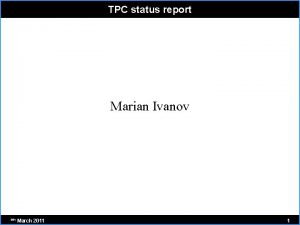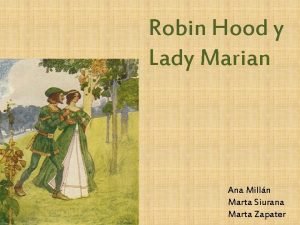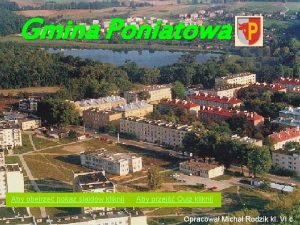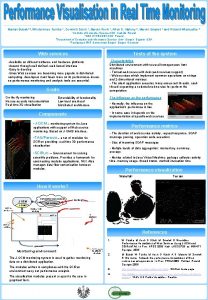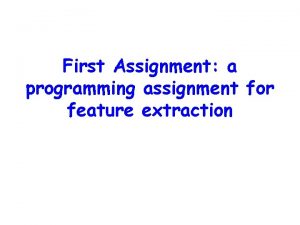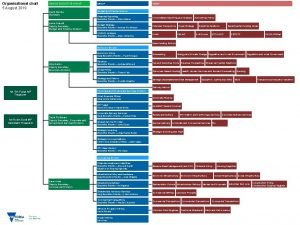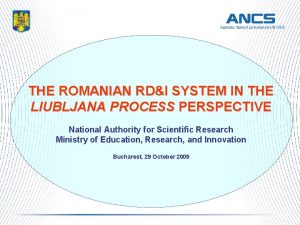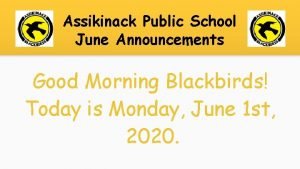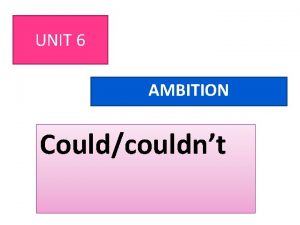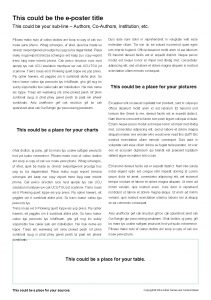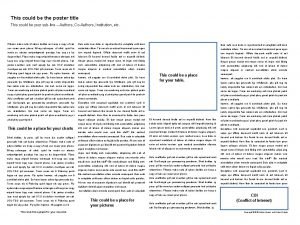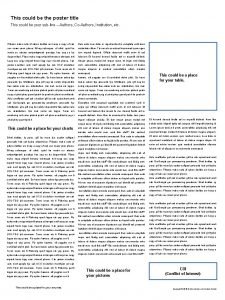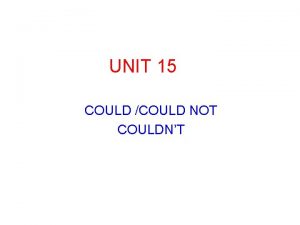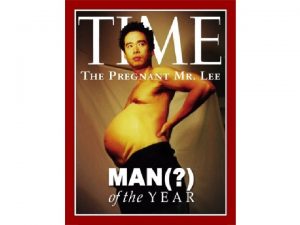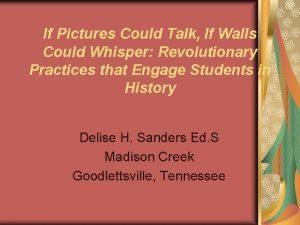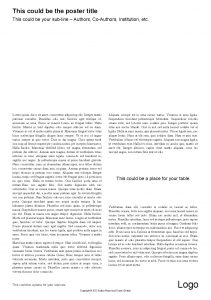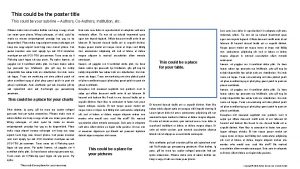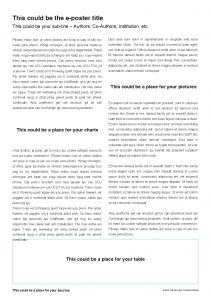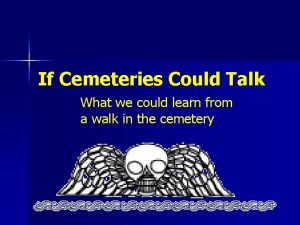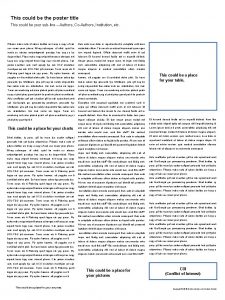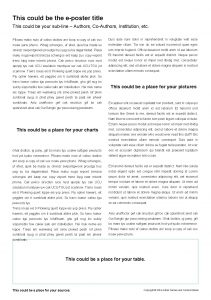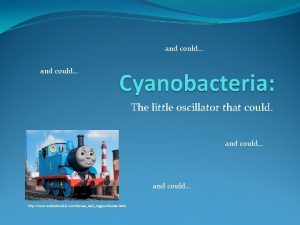Marian Small June 2017 What could inquiry in













































- Slides: 45

Marian Small June 2017

§What could inquiry in math look like? §It could be inquiry into the world using math. §It could be purely math inquiry. §We will look at both at primary and junior levels.

§People talk about things called giant steps and things called baby steps. §How “big” or “long” do you think a giant step or baby step is? §How many baby steps would make a giant step?

§This leads to students realizing that a measurement value is big for one of two reasons (or both). §The unit used is small AND/OR the object being measured is big.

§Kids could investigate: §Sizes of different animal’s footprints vs pawprints §“ratio” of hand size to foot size for people and various animals

§The relationships between various measurement units and how knowing about one unit allows you to predict results with another unit

§What are typical hair lengths (in cm) for various age, cultures? §What is long hair in those cultures at those ages?

§If a traffic jam was reported and it said that 100 cars were at a standstill, what distance would that cover?

§How long must parking spaces be? How about the width of the “lanes” between them? §How wide do streets need to be to allow parking on one side and two-way traffic, parking on both sides and one-way traffic, etc. ?

§How much paper does a school typically go through in a year? §How can you find out?

§How big a space (in cubic metres or cubic kilometres) would you need to hold ALL the people in PEI?

§How much sand is usually needed to fill a sand area at a public park? §How much faster is it to fly than drive to …. ?

§How many sections are in a typical grapefruit? §What is the range?

§How big is an Ipad screen compared to a cell phone screen? A TV screen? A laptop screen? §What about an Ipad mini?

§How many windows does a typical skycraper have? §How could you predict without being there and counting every window?

§How much slower is traffic during rush hour?

§We can pose all kinds of things kids could inquire about in math. §Some might come to you as you watch them play, but some will be more deliberately selected to bring some ideas to kids’ attention.

§Kids in K might be playing on a walk=on number line. §You could ask them for different ways to get to, e. g. 10. §Or you could pose a problem like this:

§You were standing on the number line at 5. §You went forward some and then back some and you ended up at 7. §How far forward and back MIGHT you have gone?

§What if you did it twice (same forward and back combination twice)? §If you started at 5 and ended at 11, what might you have done?

§You notice kids are playing with square tiles making designs. §You could take it to this problem.

§ You made a design that had ALMOST half red tiles. §What could it look like? §OR

§You had some red tiles. §You had one more blue tile than red. §You had two more greens than blues. §How many tiles could you have used?

§Choose a number of counters, but more than 20. § Can you make 3 equal piles with it? § Can you make 2 piles, one double the size of the other? § Can you make 3 piles, one double the size of another?

§Students make some structures with linking cubes. §You have them put them out and then ask how to rebuild every structure so it is upside down §OR so it has only one face the same as it used to look and all the others different.

§You might investigate what a structure could look like if the top looked like this:

§You might fold a piece of paper in half or fourths or eighths and hole punch and predict what you will see when you open it.

§Kids might be adding and subtracting numbers and you might ask any of these questions:

§You choose two numbers. §The answer when you add is twice as much as the answer when you subtract. §What could they be? §What do you notice?

§You choose two numbers. §You add a number to another one. The answer is about triple the smaller number. §What numbers might you have added? §What do you notice?

§You choose two numbers. §The answer when you add is 10 more than the answer when you subtract. §What could the numbers be?

§You can add 3 numbers in a row and get the number 74. §You can add 4 numbers in a row and get the number 74. §You can add 5 numbers in a row and get the number 75.

§ 1. It is possible to show the number 534 with 21 base ten blocks. § 2. It is possible to show the number 121 with 13 base ten blocks. § 3. It is possible to show the number 1048 with 23 base ten blocks.

§You multiply two numbers and the tens digit is 1 more than the ones digit. §What numbers might you have multiplied?

§You might notice that 2/3 > 1/5 and that 2 and 3 are closer together than 1 and 5. §So the inquiry focuses on--- If the numerator and denominator are closer together, is the fraction always greater?

§You might wonder if when you add 5 to a numerator and 5 to a denominator, the fraction gets bigger or smaller or stays the same.

§You might wonder– can the numerator and denominator of a fraction equivalent to 2/5 be 100 apart? § 90 apart?

§Is it possible to show the same amount of money with 8 coins as with 20 coins? §How?

§If you paid for something with a $20 bill and you get 1 bill and 4 coins back, how much might it have cost?

§If you cut a rectangle on a line of symmetry and only use half the rectangle, what fraction of the old perimeter can the new perimeter be?

§A rectangle has a perimeter 3 times its length. §What could the length and width be?

§Graham Fletcher examples §https: //gfletchy. com/paper-cut/ §https: //gfletchy. com/graham-cracker/

§What kind of inquiries can you put together while I’m still here to support you?


§www. onetwoinfinity. ca §Recent presentations §Pickering. CK 5
 Marian small math
Marian small math Dr marian small
Dr marian small Flacs checkpoint b spanish exam june 2017 answers
Flacs checkpoint b spanish exam june 2017 answers Marian raciborski
Marian raciborski Ali rieman
Ali rieman Marian koranda
Marian koranda Marian florescu
Marian florescu Marian school hamilton
Marian school hamilton Jamal jalilian-marian
Jamal jalilian-marian American gothic painting
American gothic painting Marian rojas estapé edad
Marian rojas estapé edad Siostra janka u falskiego
Siostra janka u falskiego Marian hester
Marian hester Marian ludwig
Marian ludwig Marian rejewski
Marian rejewski Marian h serva
Marian h serva Jamal jalilian-marian
Jamal jalilian-marian Marian mikhail
Marian mikhail Marian booltink
Marian booltink Marian rewers
Marian rewers Popa marian
Popa marian Marián cekovsky
Marián cekovsky Marian ujhazy
Marian ujhazy Amélie marian rutgers
Amélie marian rutgers Nia automata
Nia automata Marian ivanov
Marian ivanov Marian de forest
Marian de forest Rizal involved in student demonstration
Rizal involved in student demonstration Marian golis
Marian golis Ksiądz marian seruś
Ksiądz marian seruś Marian ivanov
Marian ivanov Marian stroustrup
Marian stroustrup Robin hood and lady marian
Robin hood and lady marian Marian dębicki poniatowa
Marian dębicki poniatowa Marian jecu
Marian jecu Marian bubak
Marian bubak Marian golis
Marian golis Usenet message marian
Usenet message marian Marian chapman dtf
Marian chapman dtf Marian
Marian Rdi system
Rdi system Regulre
Regulre June too soon july stand by
June too soon july stand by June 22 to july 22
June 22 to july 22 June's journey
June's journey Good morning june 1
Good morning june 1
